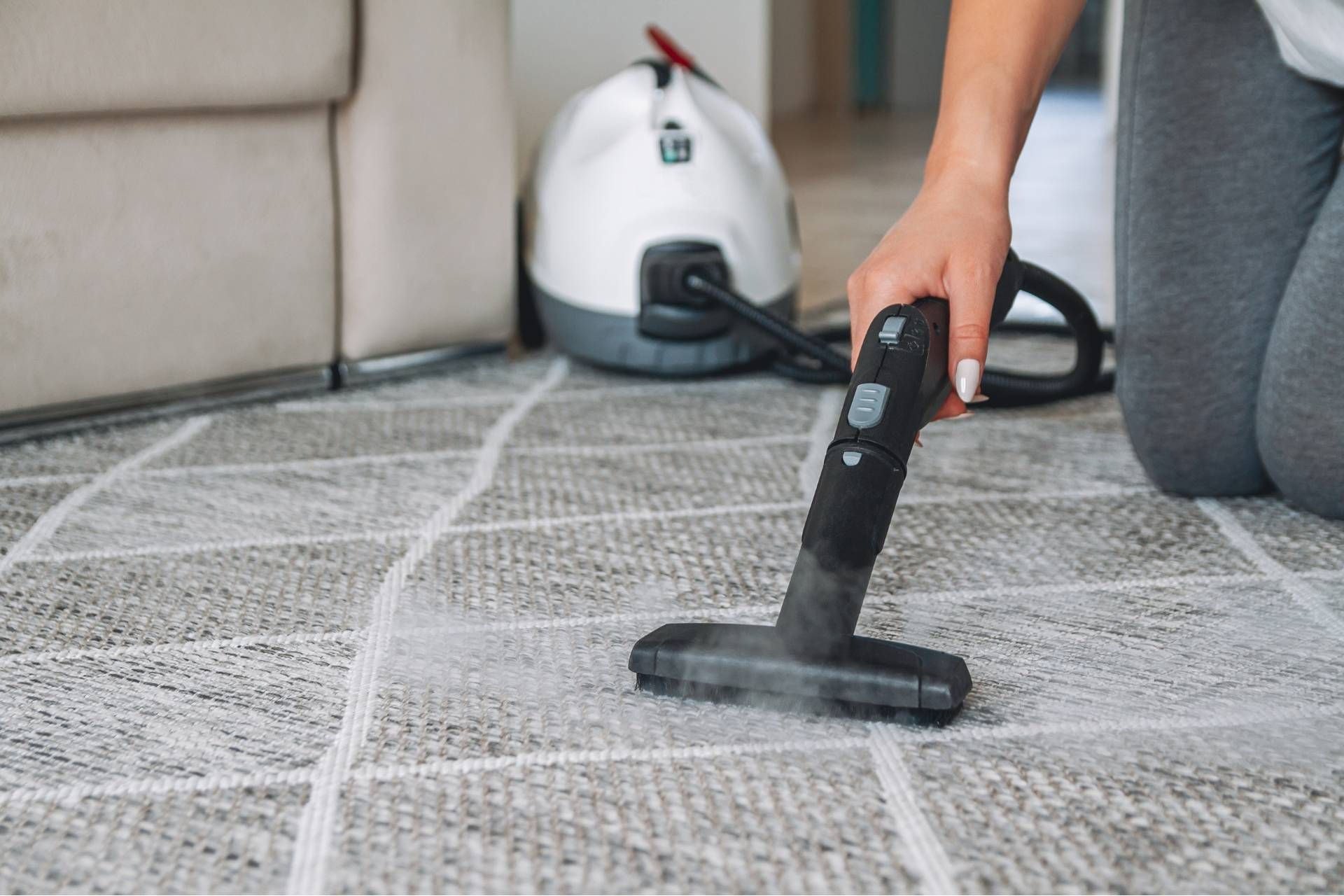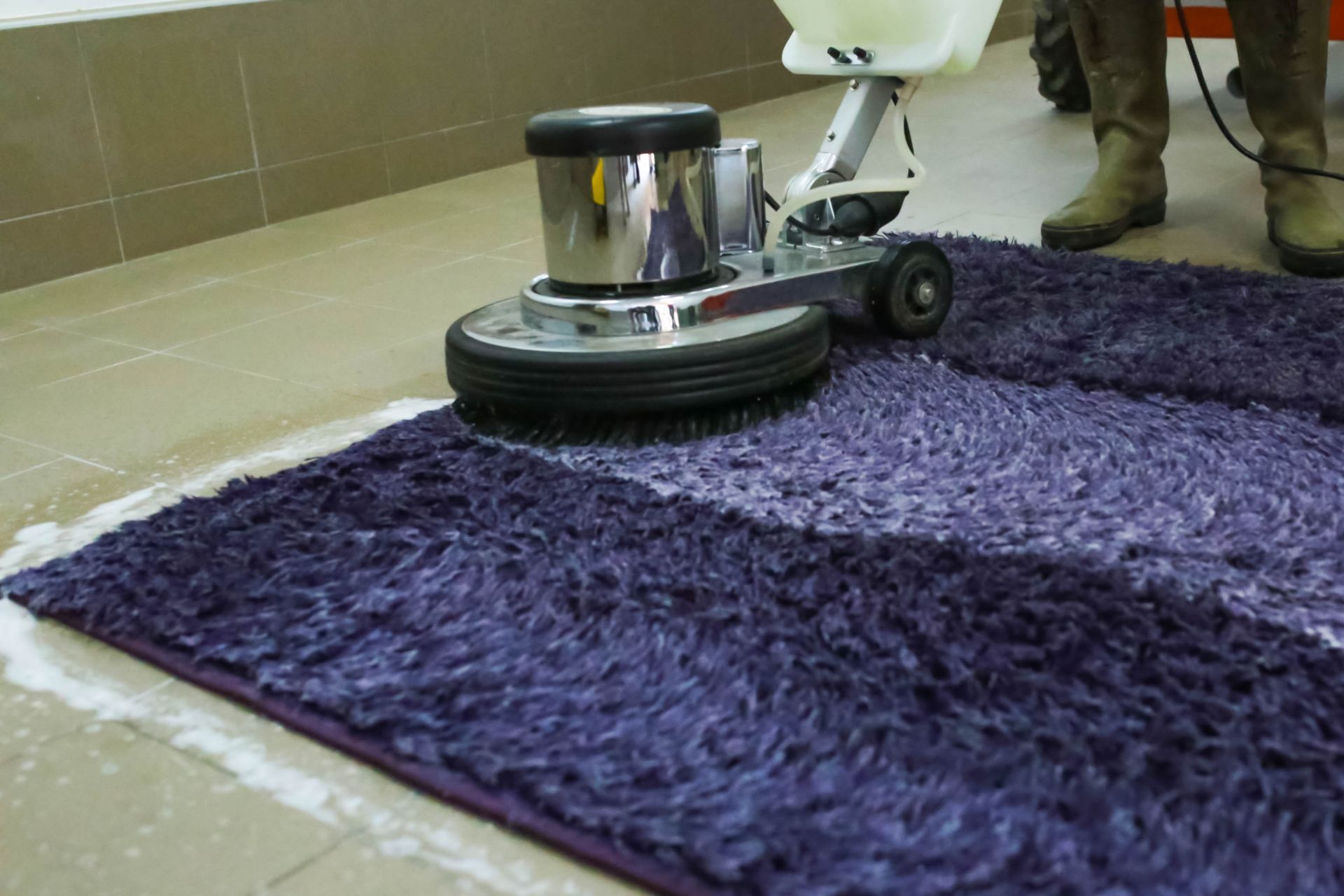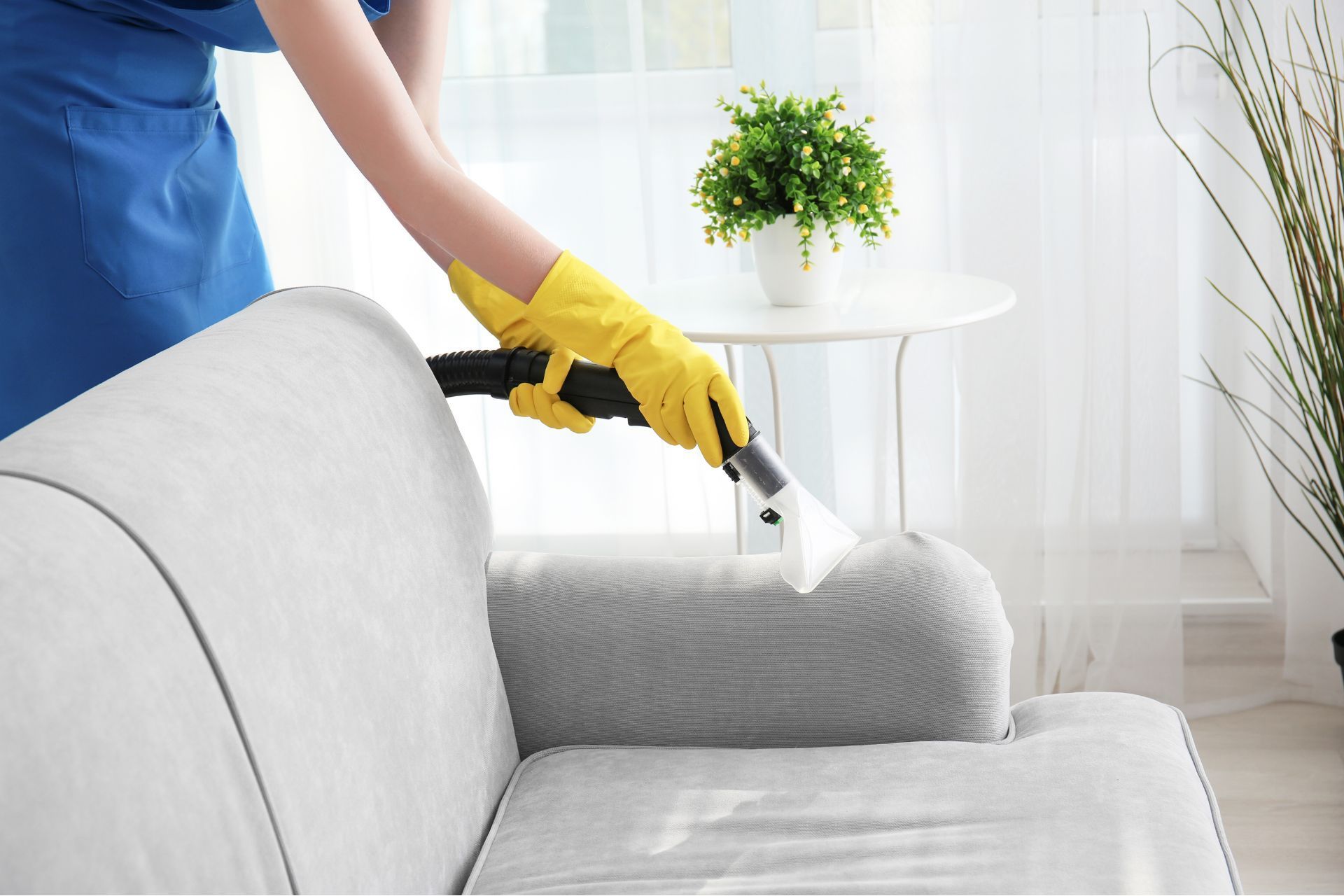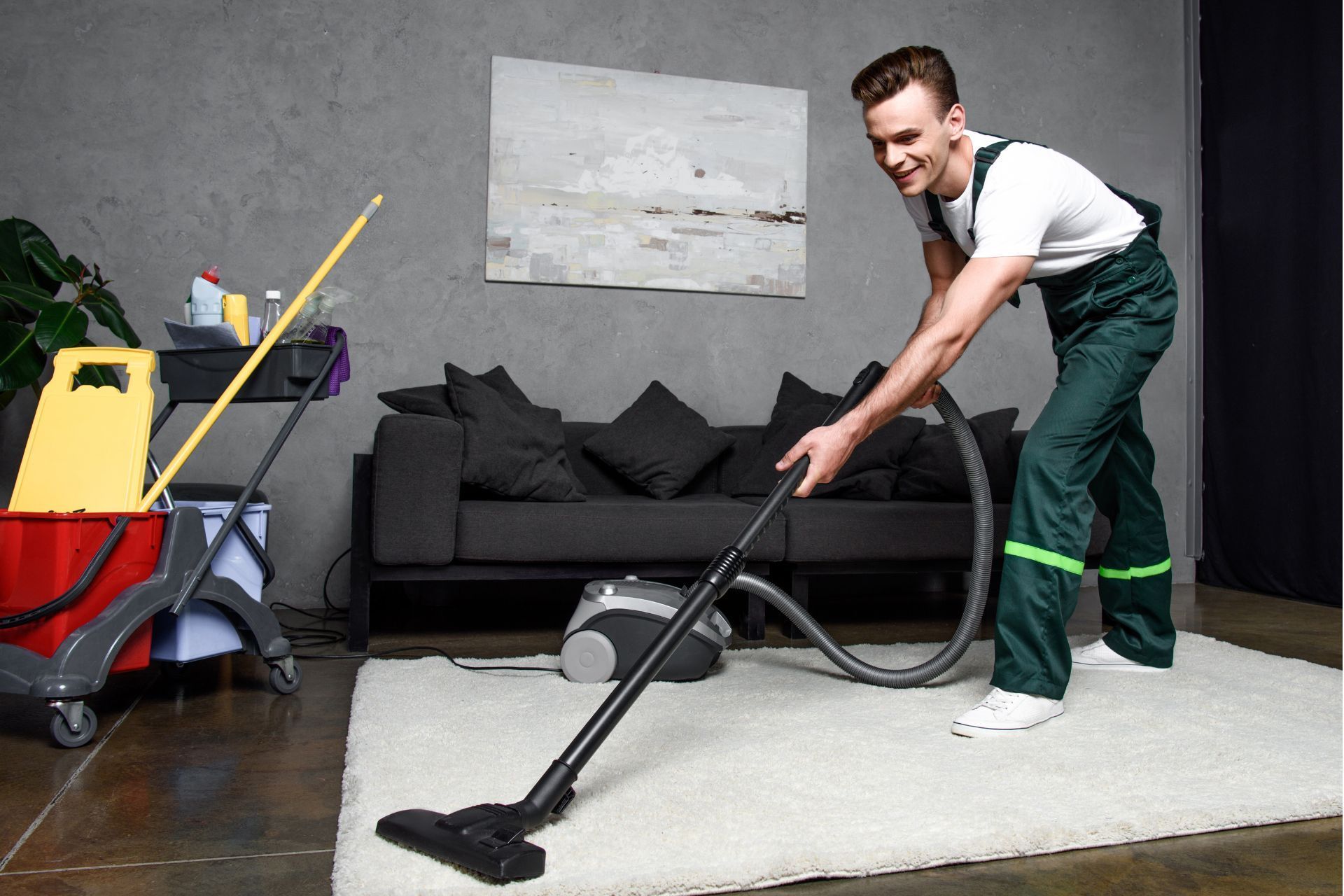How Often Should you Vacuum your Carpet?
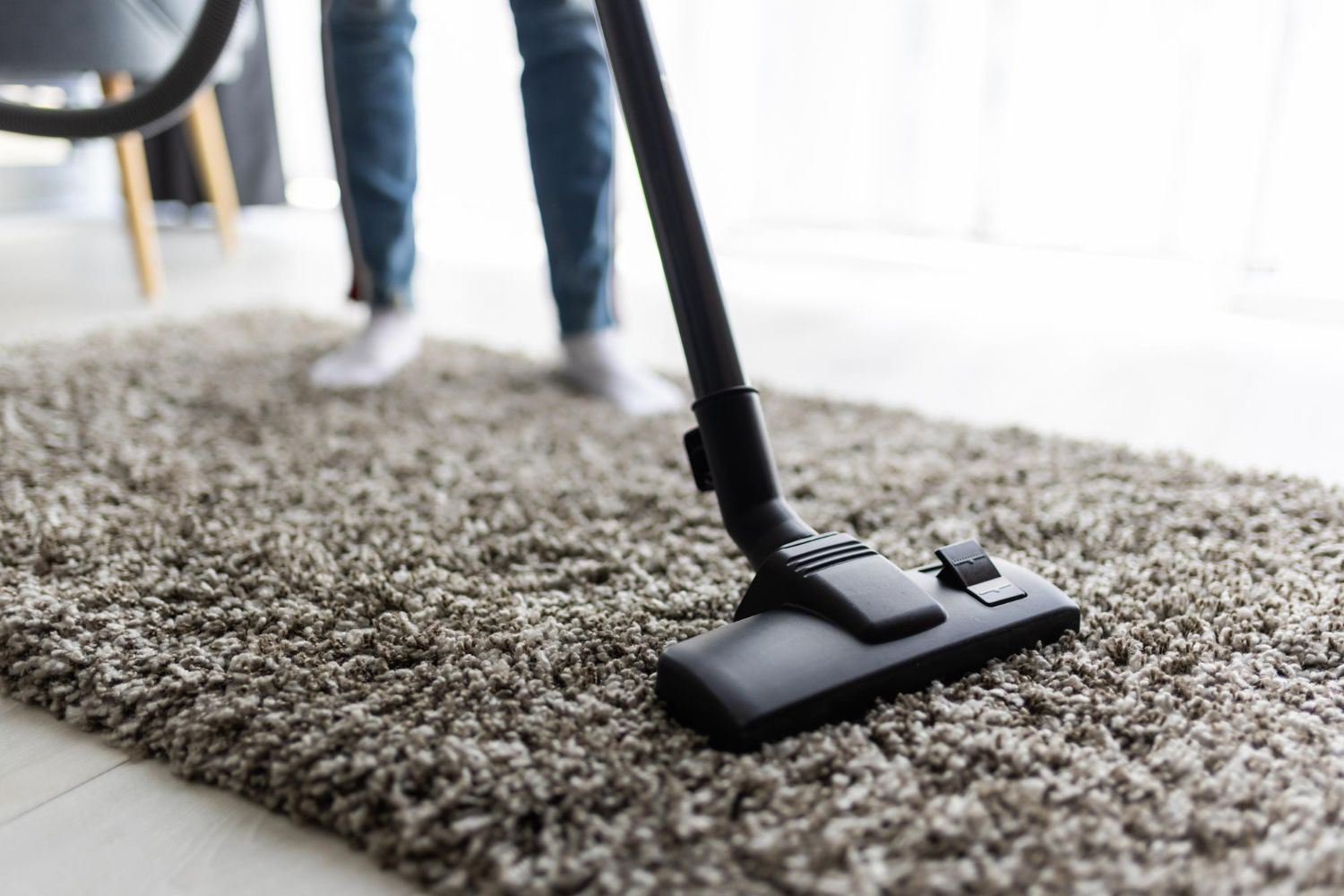
Are you wondering how often should you vacuum your carpet? Well, you're not alone! Many homeowners are unsure about the frequency at which they should vacuum their carpets. The truth is, the answer may vary depending on several factors, including the level of foot traffic, pets, and the presence of allergies in your household. Check out this guide to help you maintain a clean and healthy carpet.
How to Vacuum carpet Properly
Choose the right vacuum cleaner
Before you start vacuuming, it’s crucial to ensure that you have the right vacuum cleaner for the job. Different vacuum cleaners are designed for specific carpet types, so it's essential to consider your carpet’s texture and pile when selecting a vacuum. For instance, high-pile carpets require vacuums with adjustable height settings whereas low-pile carpets might benefit from a vacuum with stronger suction power. Understanding your carpet and finding the perfect vacuum cleaner will make all the difference in achieving a thorough cleaning.
Prepare the area
Before you start vacuuming, take a quick pass around the room and remove any larger debris, such as toys or paper, that may obstruct the vacuum's suction or damage its brushes. Inspecting the area also allows you to look out for loose threads or snags that may need to be repaired before vacuuming.
Adjust the vacuum settings
It is essential to adjust the vacuum settings according to the height and pile of your carpet. A vacuum set too high will not effectively remove dirt from the carpet fibers, while one set too low can damage the carpet surface. Most modern vacuums have adjustable settings for different carpet types, so take the time to ensure you’re using the right setting before starting.
Start with slow and deliberate movements
When vacuuming, it's best to use slow and deliberate back-and-forth movements. Rushing through the process can result in missing areas or not providing enough time for the vacuum to effectively pick up dirt. Repeatedly pass over each section, ensuring the vacuum’s brushes have ample time to agitate and remove stubborn dirt particles.
Pay attention to high-traffic areas
High-traffic areas, such as hallways or entryways, tend to accumulate more dirt and debris. It’s important to give these areas extra attention by making additional passes to thoroughly clean the carpet. Additionally, using a back-and-forth overlapping pattern instead of straight lines will help eliminate dirt more comprehensively.
Empty or replace the vacuum bag regularly
To maintain optimum performance, ensure that your vacuum bag or canister is never more than two-thirds full. An overfilled bag can reduce suction power and scatter dirt back onto the carpet. Regularly emptying or replacing the vacuum bag will allow your vacuum cleaner to work at its best.
Don't forget the edges and corners
Edges and corners often collect dirt and debris that regular vacuuming may miss. To clean these areas effectively, use the vacuum cleaner's attachments or a crevice tool. Slowly run the attachments along the edges and corners, ensuring you reach all the hidden dirt.
Clean your vacuum cleaner
Lastly, don't forget to clean your vacuum cleaner itself. It's essential to periodically remove and clean the brushes, filters, and other removable parts as per the manufacturer’s instructions. Maintaining a clean vacuum cleaner will enhance its performance and prolong its longevity.
How Often Should you Vacuum your Carpet?
The frequency of vacuuming your carpet depends on several factors, including the level of foot traffic, the presence of pets, and individual preferences. Here are some general guidelines to consider:
- High-Traffic Areas: Areas of your home that receive a lot of foot traffic, such as living rooms and hallways, should be vacuumed at least once or twice a week.
- Medium-Traffic Areas: Rooms that are used less frequently, like bedrooms or guest rooms, can be vacuumed once every one to two weeks.
- Low-Traffic Areas: Rooms that are seldom used, such as formal dining rooms or spare rooms, can be vacuumed about once a month.
- Pet Owners: If you have pets, especially ones that shed, you'll want to vacuum more frequently. Depending on the type of pet and the amount of shedding, you may need to vacuum daily or every other day.
- Allergies or Respiratory Issues: If anyone in your household has allergies or respiratory conditions, more frequent vacuuming can help remove allergens from the carpet.
- Vacuum Type: The type and efficiency of your vacuum cleaner can influence how often you need to vacuum. High-quality vacuums with strong suction and effective filtration systems may require less frequent vacuuming.
- Vacuuming Technique: A thorough vacuuming involves multiple passes over each area, ensuring that dirt and debris are effectively removed. A hasty pass may not clean as effectively.
- Seasonal Considerations: During certain seasons, like spring or fall when pollen and dust levels are higher, you may want to increase the frequency of vacuuming.
- Spot Cleaning: Attend to spills and stains promptly to prevent them from setting into the carpet fibers.
- Professional Cleaning: In addition to regular vacuuming, consider having your carpets professionally cleaned at least once a year to remove deep-seated dirt and stains.
Consider deep cleaning your carpets at least once or twice a year. Deep cleaning can be done through various methods, such as steam cleaning or hiring
professional carpet cleaners. This process helps remove embedded dirt and allergens that regular vacuuming may miss. Deep cleaning is especially important if you have individuals with allergies or respiratory conditions in your home.
Looking to keep the
carpets in your home in the best condition?
Contact Altitude Carpet Cleaning.





